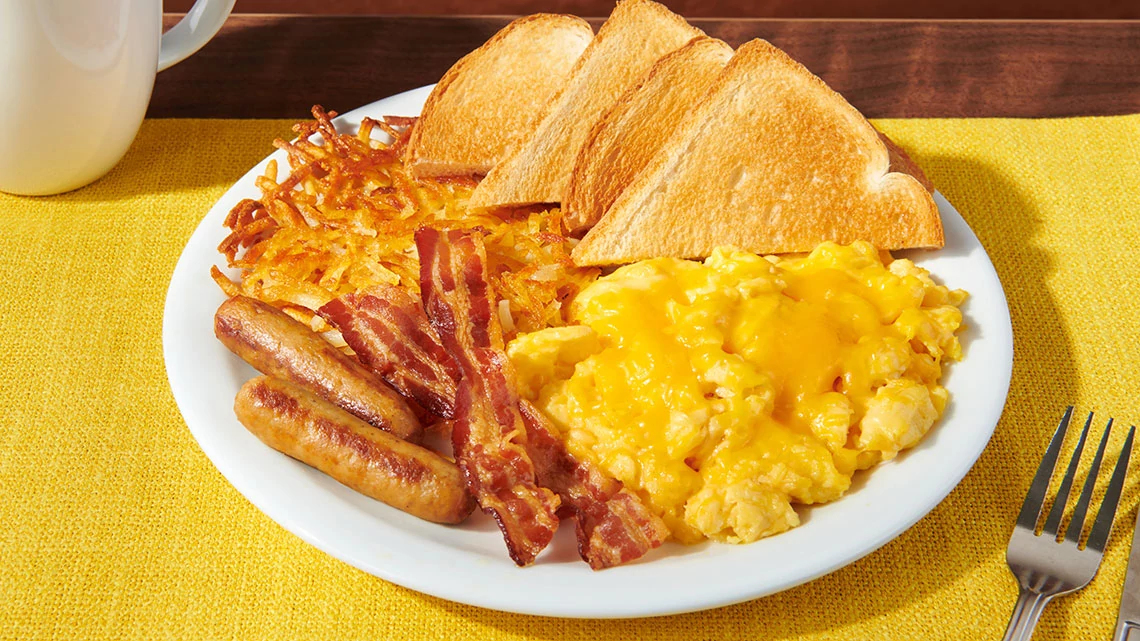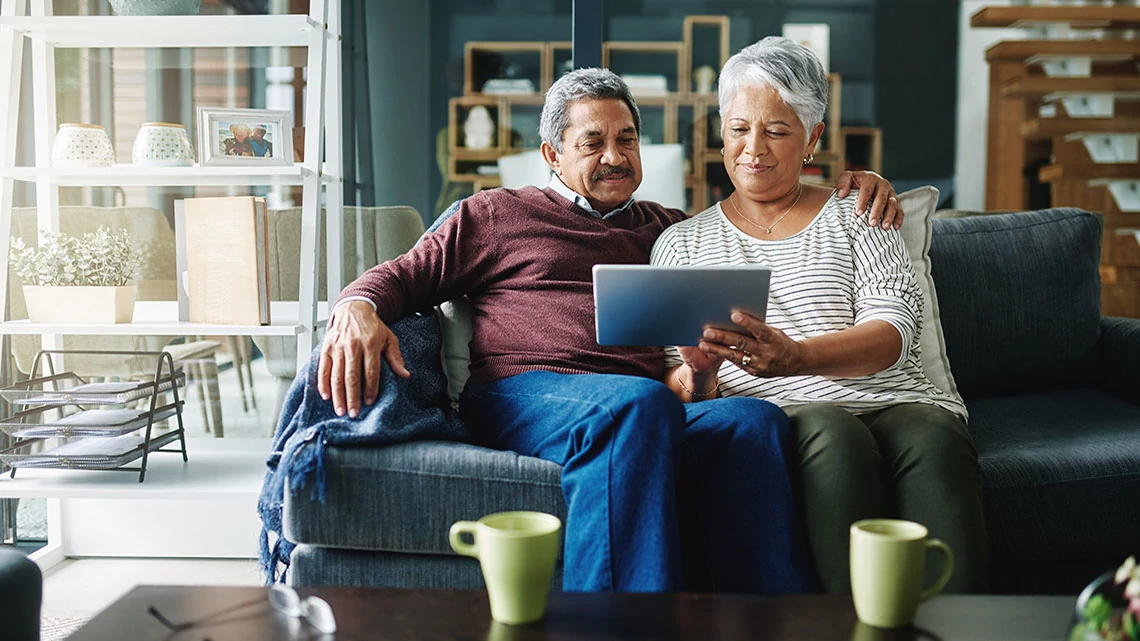AARP Hearing Center
On the day New York City went into a state of emergency, Maggie Connolly made a run to her local grocery in Brooklyn's Carroll Gardens neighborhood.
Returning home from a store emptied of bread, eggs, meat, soap and toilet paper, she thought about her grandmother in Wisconsin and her late father, who was disabled.


AARP Membership— $12 for your first year when you sign up for Automatic Renewal
Get instant access to members-only products and hundreds of discounts, a free second membership, and a subscription to AARP the Magazine.
"I was thinking how terrifying this whole situation would have been to him,” says Connolly, a 33-year-old hairstylist. “And I was thinking about my elderly neighbors, too."
That night Connolly posted a handwritten flyer on her corner offering to pick up groceries and medications for people at higher risk for coronavirus who are worried about leaving home. She listed an email address that named Trudy, her Brussels bichon puppy, “because I'm pretty sure most of my neighbors know her name more than they know mine."
A neighbor spotted the sign and posted it on her social media feeds.


"I woke up in the morning and I had all these emails from people, both in my neighborhood and in New York, just reaching out, wanting to volunteer,” Connolly says.
As her sign went viral — Connolly has appeared on NBC's Today and Fox & Friends and heard from people posting similar flyers in neighborhoods in Australia, Brazil and South Africa — her local volunteer list grew. She's now directing New Yorkers who contact her to Invisible Hands and Brooklyn Mutual Aid, organizations that sprang up in recent days to coordinate volunteer shopping and deliveries for older and immunocompromised people.
Young people ‘stepping up'
Within days of its mid-March launch, Invisible Hands had amassed 3,000 volunteers serving all five boroughs and Jersey City, New Jersey, according to Liam Elkind, one of four young New Yorkers who runs the service. They already are laying the groundwork to take Invisible Hands national and have had talks with officials in Boston, Los Angeles, San Francisco and other regions.
"I certainly didn't expect that when I started it, but what I'm recognizing now is that there is a real need for it, both in terms of people wanting to help and in terms of people being really scared to leave their home and get their own food,” says Elkind, a 20-year-old Yale junior now home in Manhattan on what he called “extended spring break."
So far, Invisible Hands has been able to make same-day deliveries, Elkind says. The group offers multiple ways for people to pay for the goods.




































































